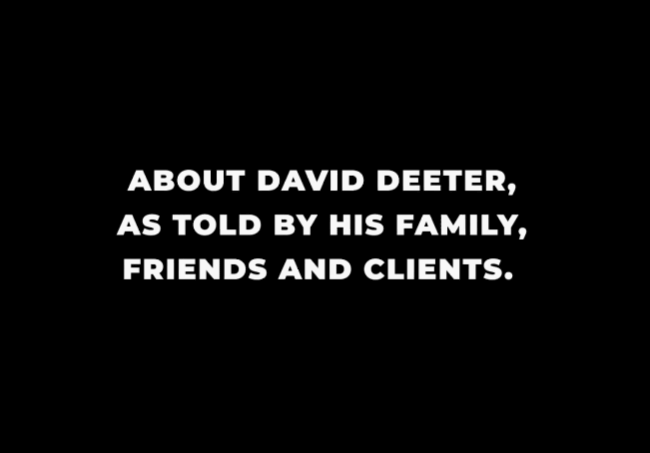The One Big Beautiful Bill Act: A New Era for Giving and Non-Profit Strategy
The One Big Beautiful Bill Act rewrites the rules of philanthropy, pushing nonprofits to rethink how they fundraise, compensate leaders, and manage endowments. With donor incentives broadening and oversight intensifying, organizations that pivot early will gain the edge in outreach, compliance, and mission impact.
H.R.1., the One Big Beautiful Bill Act (OBBBA), represents a transformative moment for both donors and non-profit organizations. By redefining how charitable contributions are treated in the tax code, and by imposing new structural requirements on large institutions, the legislation ushers in a mix of new opportunities and strategic challenges.
For individual taxpayers, especially those who don’t itemize deductions, the legislation offers a meaningful incentive to give. Under the new universal charitable deduction, individuals may deduct up to $1,000 — and couples filing jointly up to $2,000 — regardless of whether they itemize. Since only about 9% of Americans currently itemize, this change could dramatically broaden access to charitable tax benefits.
Itemizers still retain the ability to deduct cash gifts up to 60% of their Adjusted Gross Income (AGI), but that benefit now comes with a caveat: only the portion of a gift exceeding 0.5% of AGI can be deducted. In practical terms, someone earning $150,000 must contribute more than $1,250 before qualifying for any deduction. This new floor may prompt donors to “bunch” contributions in certain years to maximize their tax advantage — a familiar strategy for some since the 2017 tax law overhaul.
Corporations also face a more nuanced giving landscape. While the existing 10% ceiling on charitable deductions remains intact, a new 1% income floor has been established. Corporate gifts must now exceed 1% of taxable income to be eligible for deductions, and excess contributions may be carried forward for five years. Still, uncertainty remains as to whether companies can deduct the full contribution or only the portion above the threshold, leaving many in need of IRS guidance.
The Act’s implications for nonprofit organizations are no less significant. Large charities and university systems will need to reevaluate executive compensation, as the 21% excise tax now applies to all employees earning over $1 million — not just the top five. Medical-related compensation is still exempt, but the broader reach may trigger budgetary strain for institutions with numerous high-earning leaders.
Universities in particular face new financial obligations. OBBBA replaces the flat 1.4% excise tax on net investment income with a progressive tax based on endowment assets per student:
- $500,000–$750,000: taxed at 1.4%
- $750,000–$2 million: taxed at 4%
- Over $2 million: taxed at 8%
- Exemption applies to universities with fewer than 3,000 tuition-paying students
This change could significantly impact elite institutions with large endowments — potentially curbing funds available for scholarships, research, and operations.
Looking ahead, the Act includes a new educational incentive: beginning in 2027, taxpayers may claim a nonrefundable tax credit of up to $1,700 for gifts to designated Scholarship Granting Organizations (SGOs). These 501(c)(3) public charities provide support to students attending K–12 private or religious schools, adding a fresh layer to donor engagement strategies.
Key considerations for non-profits moving forward:
- Recalibrate donor outreach: Emphasize strategies for non-itemizing taxpayers and optimize timing for high-net-worth gifts.
- Review executive compensation: Ensure structures align with new excise tax liabilities.
- Reassess endowment management: Prepare budgets to accommodate tiered investment taxes.
In the wake of these sweeping changes, nonprofit leaders, tax professionals, and donors must stay agile and informed. With Treasury guidance still unfolding, strategic planning and communication will be essential to navigate the new terrain — and continue advancing the vital work of charitable organizations. Contact us to learn more.
About the Speaker:
Joanna Johnston, Tax Principal, Frazier & Deeter Advisory, LLC
Explore related insights
-
Navigating the One Big Beautiful Bill Act: FD’s Insights & Analysis
Read more: Navigating the One Big Beautiful Bill Act: FD’s Insights & Analysis
-
From Compliance to Competitive Edge: Rethinking Employee Benefits Oversight in the HR1 Era
Read more: From Compliance to Competitive Edge: Rethinking Employee Benefits Oversight in the HR1 Era
-
IRS Grants Relief for Partnerships Reporting Hot Asset Sales
Read more: IRS Grants Relief for Partnerships Reporting Hot Asset Sales






